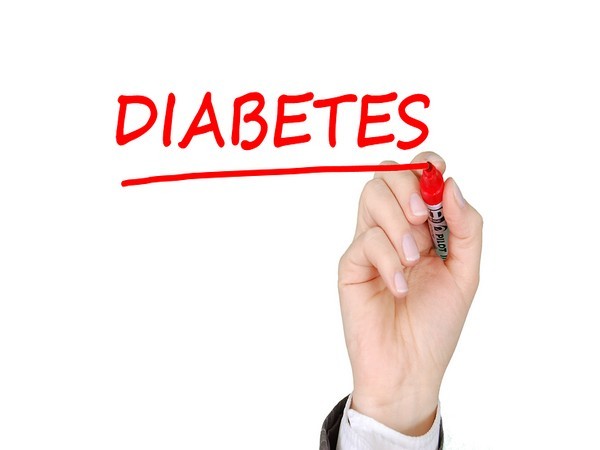New York: People with diabetes who undergo joint replacement surgery are at higher risk of experiencing elevated blood sugar levels after the operation, increasing their chances of developing infections and other complications, a new study suggested.
Patients with insulin-dependent diabetes were more than five times as likely as those without the condition to develop hyperglycemia, or high blood sugar, after surgery, said researchers, including Bradford Waddell from the Hospital for Special Surgery (HSS) in the US.
“If your patient comes in with diabetes and is dependent on insulin, you need to be more cognizant of controlling their blood sugar in the perioperative period because they’re at higher risk,” said Waddell.
For the study, presented at the 2019 annual meeting of the American Academy of Orthopaedic Surgeons, the team reviewed medical charts of 773 men and women who had undergone total hip or knee replacement surgeries between 2011 and 2016.
Of those, 437 had insulin-dependent diabetes, while 336 had not the condition. It included patients with a diagnosis of diabetes whose blood sugar was being controlled using the hormone insulin and compared them with diabetics who did not require insulin.
Patients requiring insulin can be considered to have more severe diabetes and have a greater chance of experiencing elevated blood glucose in the perioperative period, Waddell said.
Patients with higher blood glucose over the previous three months — as measured by Hemoglobin A1c — were more likely to experience post-operative hyperglycemia regardless of which group they were in.
Hemoglobin A1c above 6.59 for people with insulin-dependent diabetes and 6.6 without the condition was associated with an elevated risk for post-operative hyperglycemia.
However, despite the increased risk for elevation in blood sugar after surgery, the incidence of post-operative joint infections did not differ between the two groups of patients. The author also noted that a limitation of the study was that it was underpowered to detect the risk of infection.

